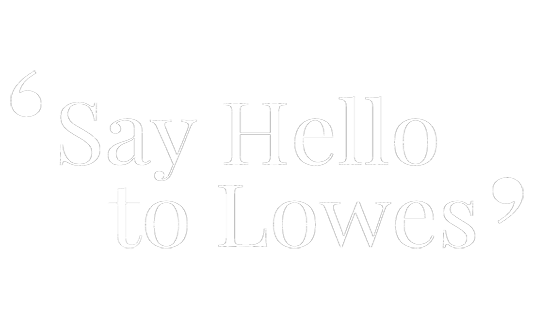

"Say Hello to
Independent Financial Advice"
0191 281 8811
Client Login
0191 281 8811
Client Login
When central bank action does not meet market expectations
Yesterday we saw how investors are currently placing a great deal of confidence in central banks and that any discord between the two can end in volatile reactions in investment markets.
Prior to yesterday’s meeting the governor of the European Central Bank (ECB) was perceived to have indicated that more action was needed on their behalf to stimulate growth and inflation. In a speech in Frankfurt on only the 20th November Draghi was quoted as saying that the central bank would “do what we must to raise inflation as quickly as possible”. When they met yesterday therefore it was anticipated that there would be a reduction in the deposit rate and an increase to their quantitative easing (QE) program.
They did deliver on this but not as aggressively as the market anticipated. Whilst the deposit rate was moved from -0.2% to -0.3% the fall was not as great as expected. With regard to QE the central bank did increase the overall level by extending the completion date from September 2016 to March 2017. The central bank also took the decision that any proceeds from bond maturities within the QE program would be reinvested, so maintaining the level within program. What really disappointed the market however was the decision taken not to increase the monthly spend on QE, which is currently 60 billion euros.
As a result European equity markets sold off heavily. For example, the DJ EStoxx 50 ended the day more than 3.6% lower. There was no place to hide in government bond markets either. Although the central bank announced that the reach of QE would be extended into local and regional debt German 10 year government bond yields rose sharply from 0.47% to just under 0.67%. The Merrill Lynch Euro Government Bond index fell 1.21% whilst the Corporate index fell 0.7%.
But, is the announcement of lower than expected QE such bad news or simply a case of disappointment from those wishing for a further rally in asset prices stimulated by QE. Forecasts given by Draghi suggest the latter. Although the forecast for inflation was reduced slightly to 1% from 1.1% for 2016 the ECB still expect CPI to reach 1.7% by 2017, only 0.3% below their central target of 2%. Central banks typically look two years out with regard to attaining inflation forecasts. Furthermore, the forecast for economic growth for 2016 was kept at 1.7% whilst the forecast for 2017 was raised to 1.9% from 1.8%. Let us not also forget action taken at the lower end of expectations leaves more room for manoeuvre should it be required at some point in the future.
Subscribe Today
Receive exclusive
financial insights
straight to your inbox
We will use the information you have provided only to contact you in accordance to terms of this contact form and our privacy policy.
You can unsubscribe at any time by emailing enquiry@lowes.co.uk or by clicking the 'unsubscribe' link at the bottom of each email. Full details of how we use and secure your personal information and how to update your marketing preferences can be viewed in our Privacy Policy.
Request a Callback
To arrange a free, no obligation consultation or a call back from your Adviser, please complete your details and we will get back to you at the earliest possible opportunity. Alternatively contact us via:
A member of our team will use the details you have provided to respond to your enquiry.
You can unsubscribe at any time by emailing enquiry@Lowes.co.uk or by clicking the 'unsubscribe' link at the bottom of each email. Full details of how we use and secure your personal information and how to update your marketing preferences can be viewed in our Privacy Policy.


